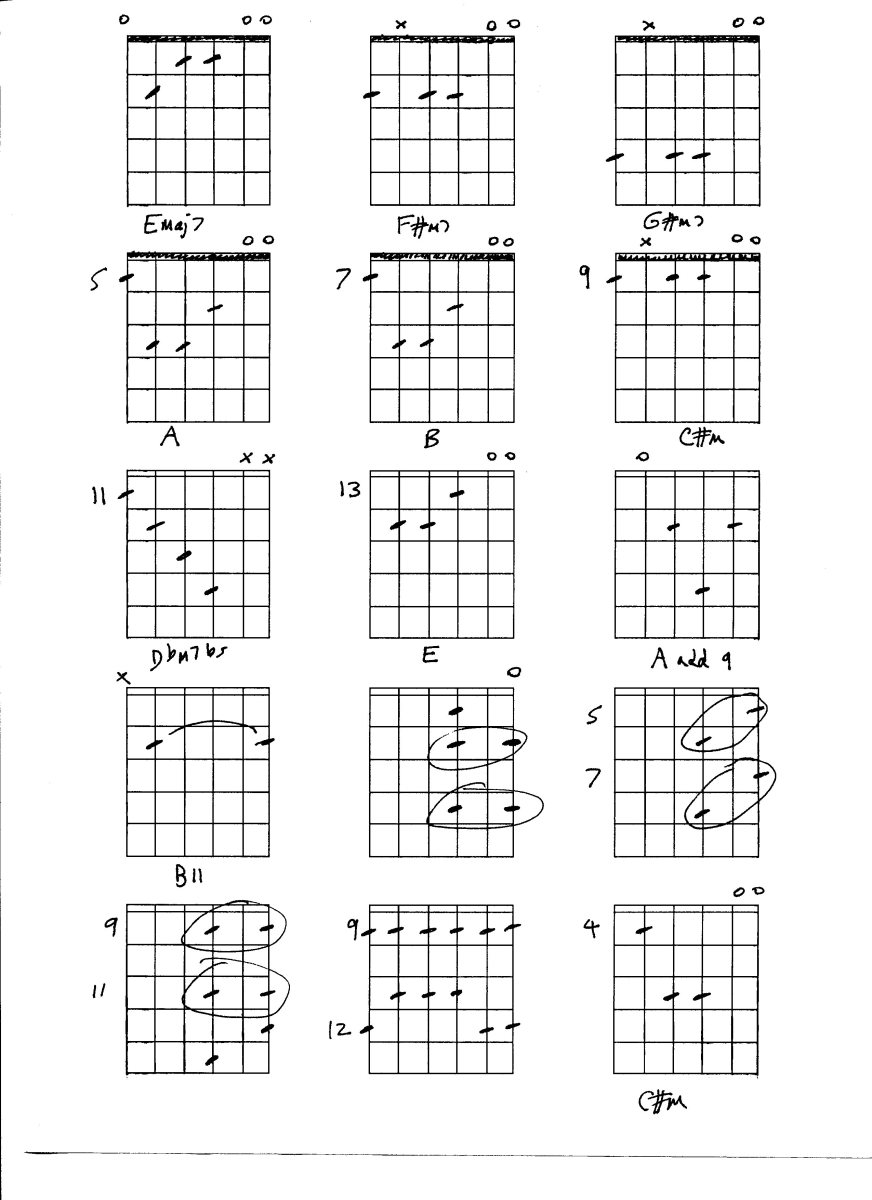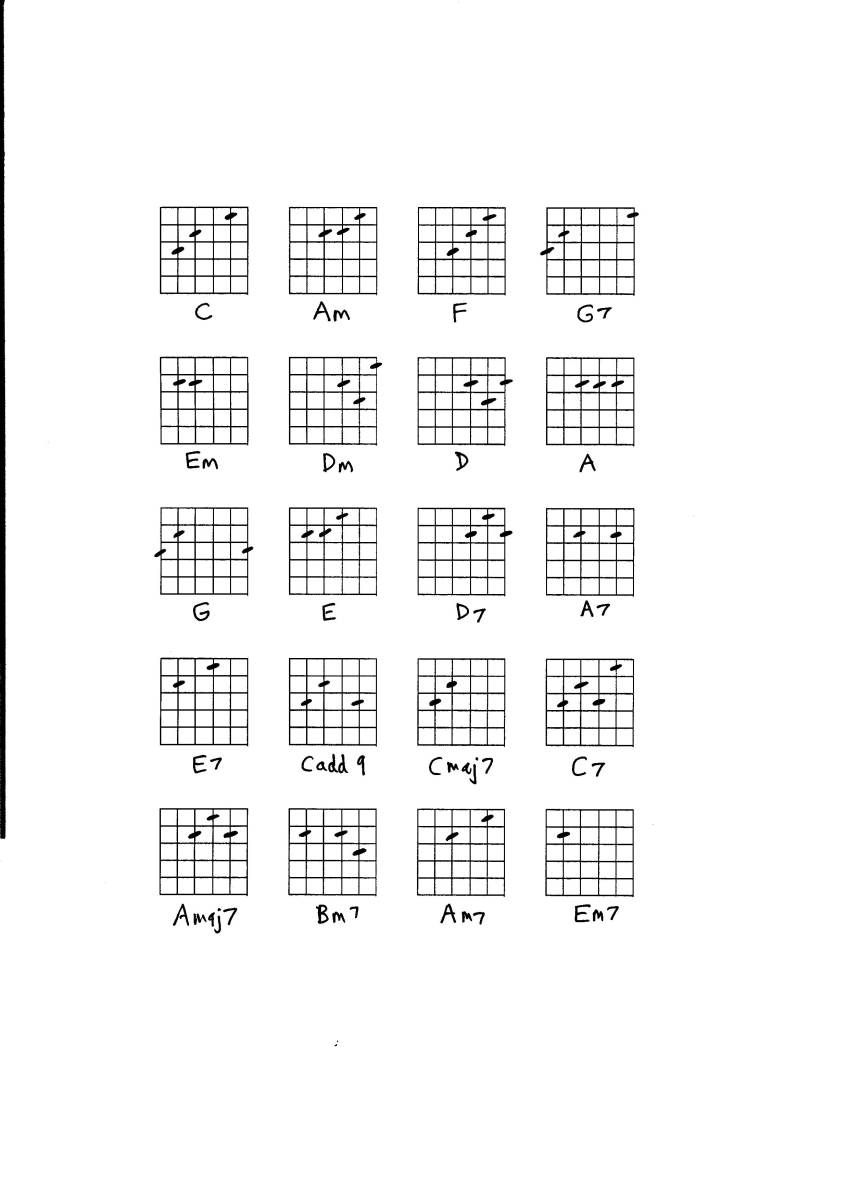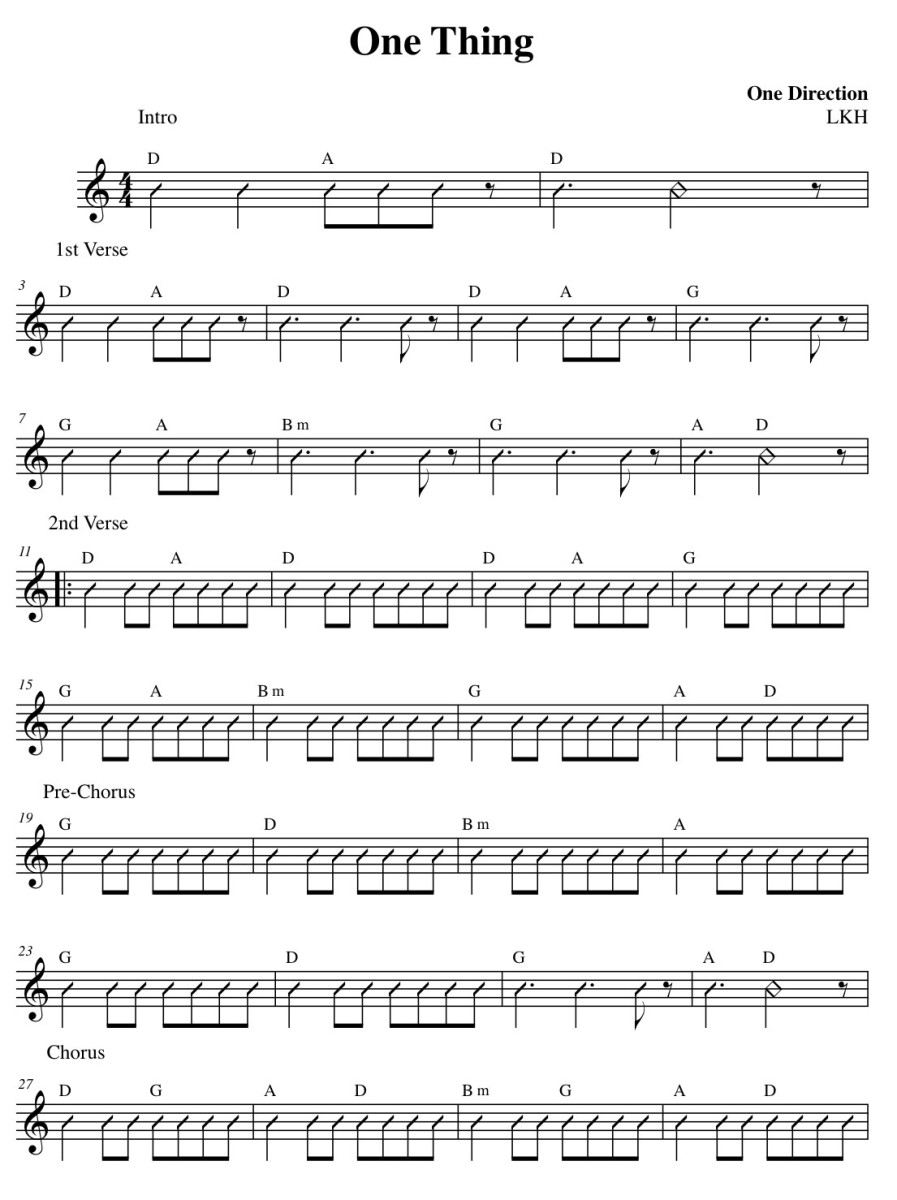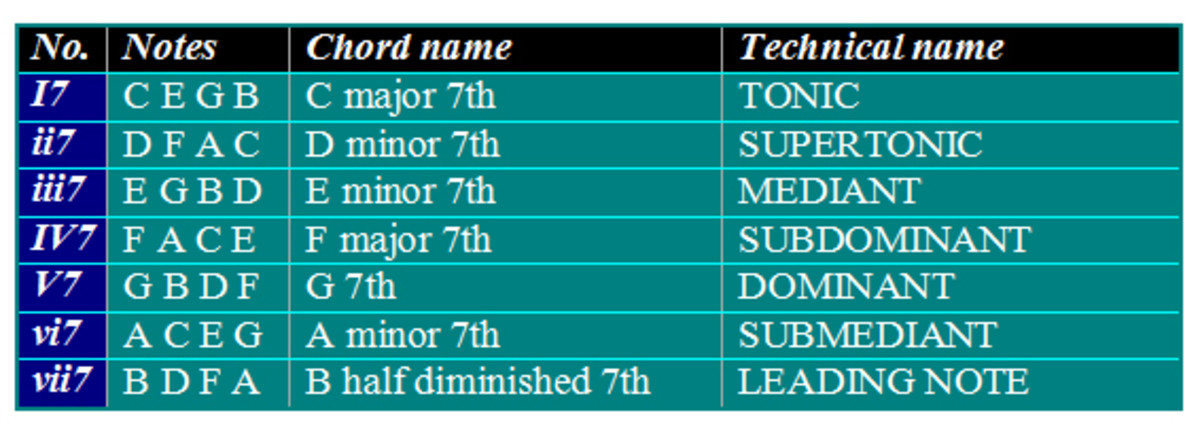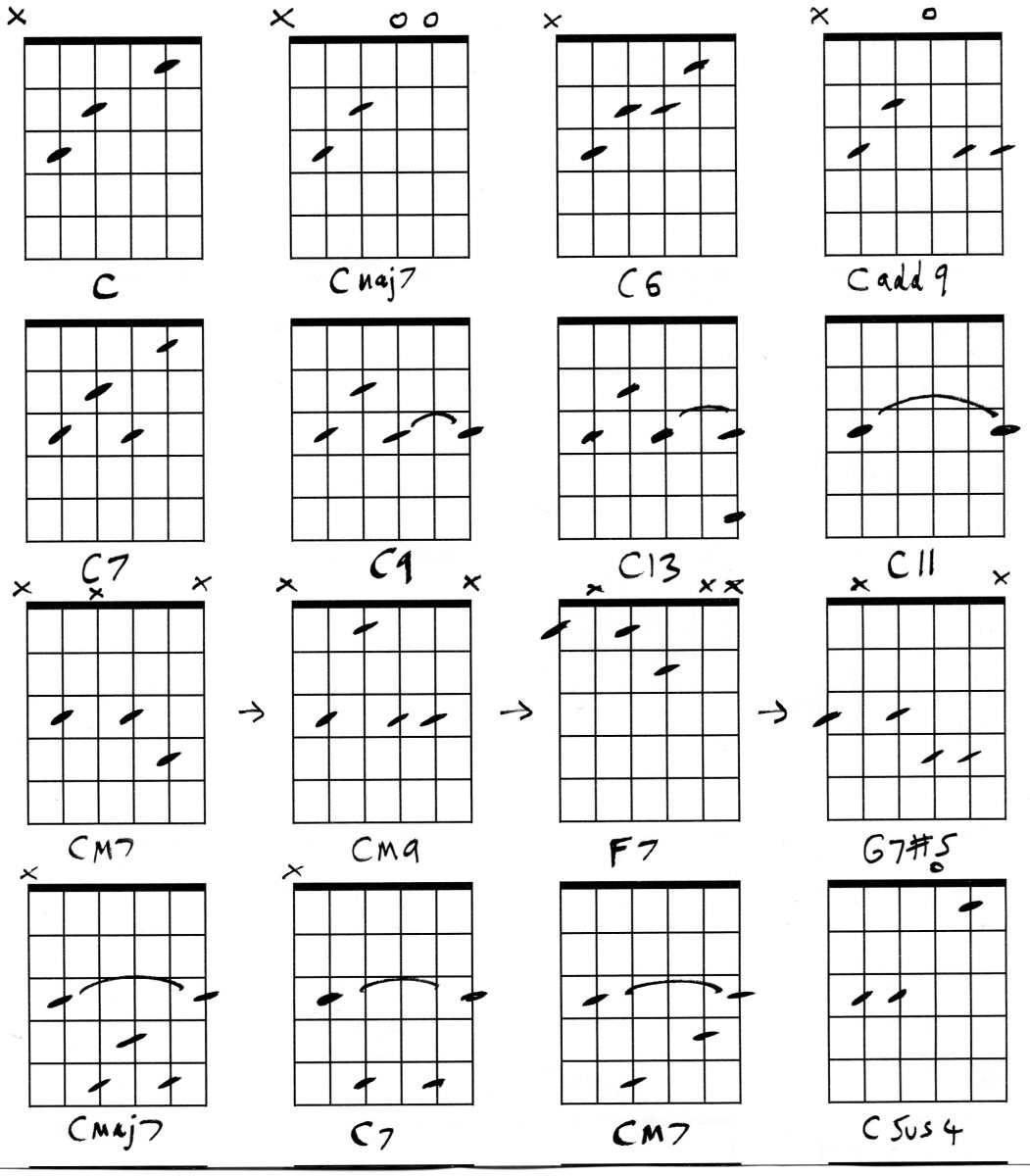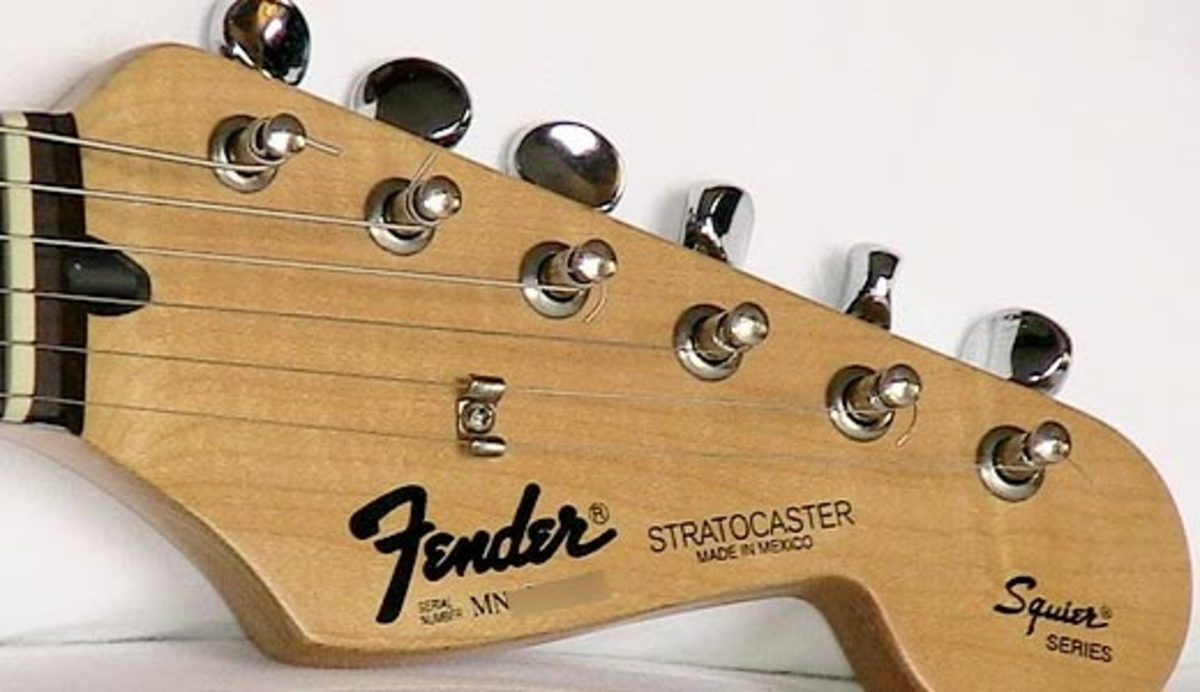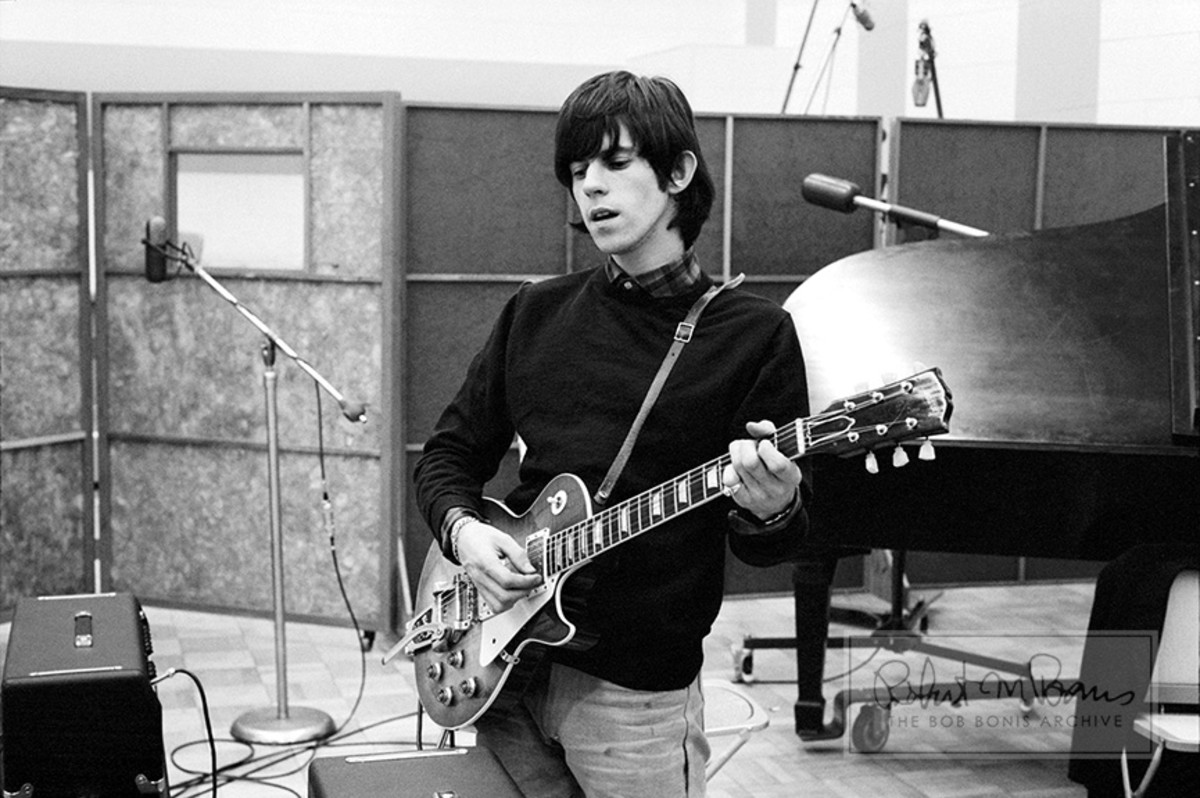Guitar Chord Lesson And Theory
Guitar chords and keys
The guitar diagrams show the six strings ( vertical lines) and the frets as horizontal lines. The thickest string is the one on the left. This article is not for the complete beginner - try Guitar Chords 101 for that.
We're looking at the key of A here, but the great news is that the same pattern applies to all the different major keys, which saves a huge amount of work! All this material needs to be memorised, again to save time and effort in the long run.
Songs use a set of 7 possible chords, three major, three minor, and one strange one called a m7b5. This basic set of chords can be added to, but it will form the basic harmony for all pop and rock songs. A little theory can go a long way with guitar, and this is one of the most useful things you could learn. You could easily road test this material by trying to write songs yourself.
As you learn new songs, you will find that a lot of the material is already familiar, especially if you look at it in 4 bar sections. For instance, the ii,V, I sequence is always appearing in different songs. In the key of A this would be: Bm, E7, A.
The numbers refer to the position of the note or chord relative to the scale, Roman numerals are used to keep things clear.
Chords In The Key of A
Any song in the key of A will use the following chords, each chord relates to the major scale: A, B, C sharp, D, E, F sharp, G sharp, A.
A
Bm
C♯m
D
E
F♯m
G♯m7b5
A
Three major chords, three minor chords and one m7b5 chord - this applies to all keys.
- Line 1 is a common chord progression in this key
- Line 2 is all the chords in ascending order
- Line 3 shows a descending bassline common in rock and pop songs.
- A, D, and E are chords I, IV and V - the essential chords.
- Chords ii iii and vi are minor.
- These rules work for every key.
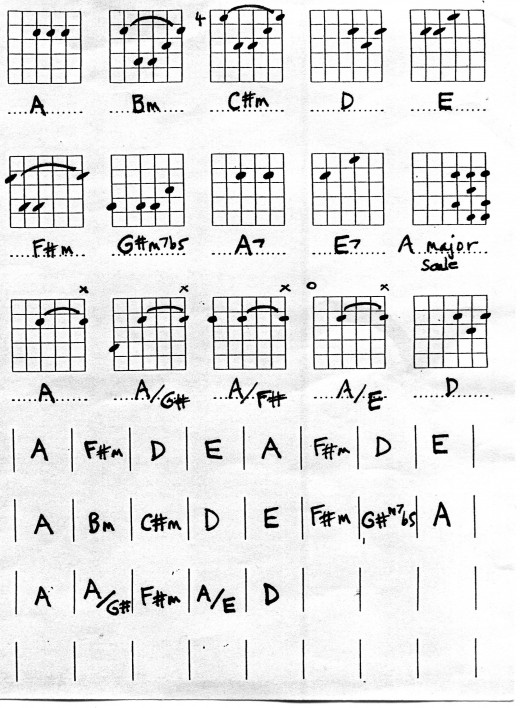
Playing the chords
For the A chord you should play strings 1-5 only, don't play the open 6th (thickest string) as you want an A note at the bottom of the chord.
For the D chord, or any variant such as D7, Dm, Dm7, only strings 1-4 are played - so the bottom note of a D chord is open string 4.
For any chord, make sure you identify the root note of the chord.
Guitar chords in the key of D
Now here is exactly the same concept, applied to the key of D. The pattern of chord types is the same, even though the key has changed. Both the Bm and the F sharp minor chord could be barre chords, they are just a bit easier as shown.
D7 and A7 are also shown, as they are very commonly found in songs in this key.
For both keys I've also sketched in the major scale pattern that fits with the chords for improvising.
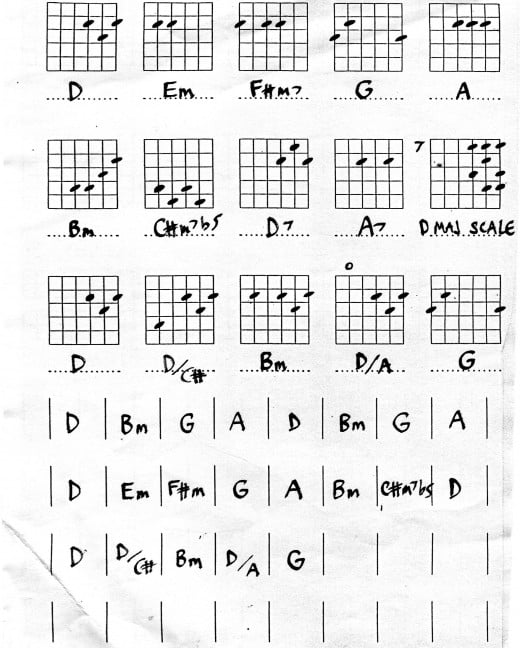
More on guitar chords
You will see variations on these chords if you look at some sheet music or songbooks. Beatles songbooks are very useful as a starting point, though some of the early editions have wrong chords and are generally misleading as the key is also often incorrect.
Key of A example: instead of A you could play A maj7, instead of E you could play E7 or E9, you could also find Bm7 used instead of Bm - it just sounds better. Generally, adding 7th and 9ths will make your chords sound more interesting, so I'll always substitute a Bm7 chord for a plain Bm chord. On a practical level, it's good to know at least 5 ways of playing a major chord in different areas of the neck.
Some of my other hubs deal with jazz guitar chords, Guitar Chords 101, barre chords and you can also e-mail questions or use the comments box.

